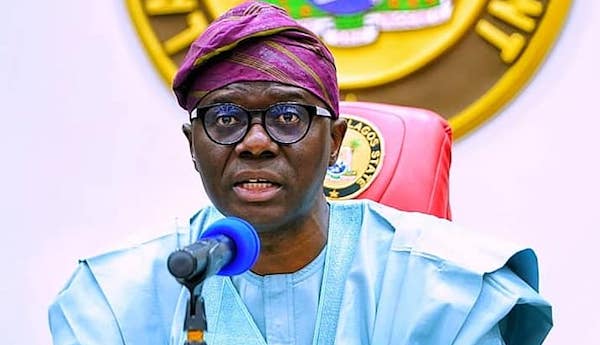Lagos State government yesterday allayed the fears of land owners on compensation over the proposed construction of Fourth Mainland Bridge, saying adequate compensation would be paid in line with international best practice.
The government gave the assurance at the Panel Review Meeting on the Environmental and Social Impact Assessment (ESIA) of the proposed Fourth Mainland Bridge project in Lagos and Ogun states by the Lagos State Government Ministry of Works and Infrastructure held in Lagos.
Speaking at the stakeholders forum , the Special Adviser to Lagos State Governor on Works and Infrastructure, Mrs. Aramide Adeyoye who was represented by the Project Director, Engineer Tokunbo Ajanaku said the panel review for the ESIA report on the Lagos fourth mainland bridge project is the final review before the project is approved at ESIA level.
According to him, the meeting with the stakeholders was very fruitful, adding that, ’’It is a meeting of co-owners and as such you will see the quality of the input from everybody has been topical of the owner for the project.
Harping on the vexed issue of compensation, he said, ‘’This project passes through Lagos and Ogun states so it is a Lagos State initiative for Lagos State and Ogun State driven by his Excellency Mr. Babajide Olushola Sanwo-olu and that means all of the corridors within Lagos and those within Ogun State, there is a harmonious and integrated approach to settlement and that is what we will do and each party will be properly compensated where necessary resettle for the approaches is going to be wholistic I think the issue compensation is not the case it is actually a composite plan to make everybody happy.’’
In his address, the Minister of Environment, Mohammed Abdulahi, who was represented by Engineer Gomwalk Celestine noted that, ‘’Despite the laudable benefits associated with the proposed project and considering the biophysical and socio-economic nature of the proposed Corridor; the project is envisaged to have significant negative social, economic, health and environmental consequences including resettlement issues for numerous Project Affected Persons (PAPs).
‘’It is the responsibility of the federal government in collaboration with other tiers of government and relevant regulatory authorities to ensure that these negative impacts are adequately identified and effectively mitigated while the attendant positive impacts are realised for project and environmental sustainability.
He emphasised that the primary objective of EIA is to ensure adequate protection of the biophysical and socio-economic environment as well as project sustainability.
‘’ Therefore, I appeal to all stakeholders present to constructively participate in this review meeting and provide meaningful contributions that will enrich the draft ESIA report to an internationally acceptable standard.
‘’As policymakers, we must ensure adequate provision of an enabling environment for investment in critical infrastructure such as this project for Nigeria to achieve the 2030 Agenda for Sustainable Development and Nigeria’s commitment to Net Zero by 2060,’’ he said.
Earlier, the panel chairman of the fourth mainland bridge project Prof. Oladapo Afolabi explained that, ‘’The technical people have made their presentation, those areas that have potential impact have been identified and the stakeholders have also raised their concern. What we do basically in EIA is to determine where the project should go after which negative impact and balance with positive impact.
‘’ In the positive impact out wave significantly the negative impact then we say project can go and then we create an environmental management plan, that is, plans that will ensure that the negative impact is totally erased or reduced to the minimum. What we have seen today, we don’t have any significant issues yet that can speak against the commencement of the project.’’



